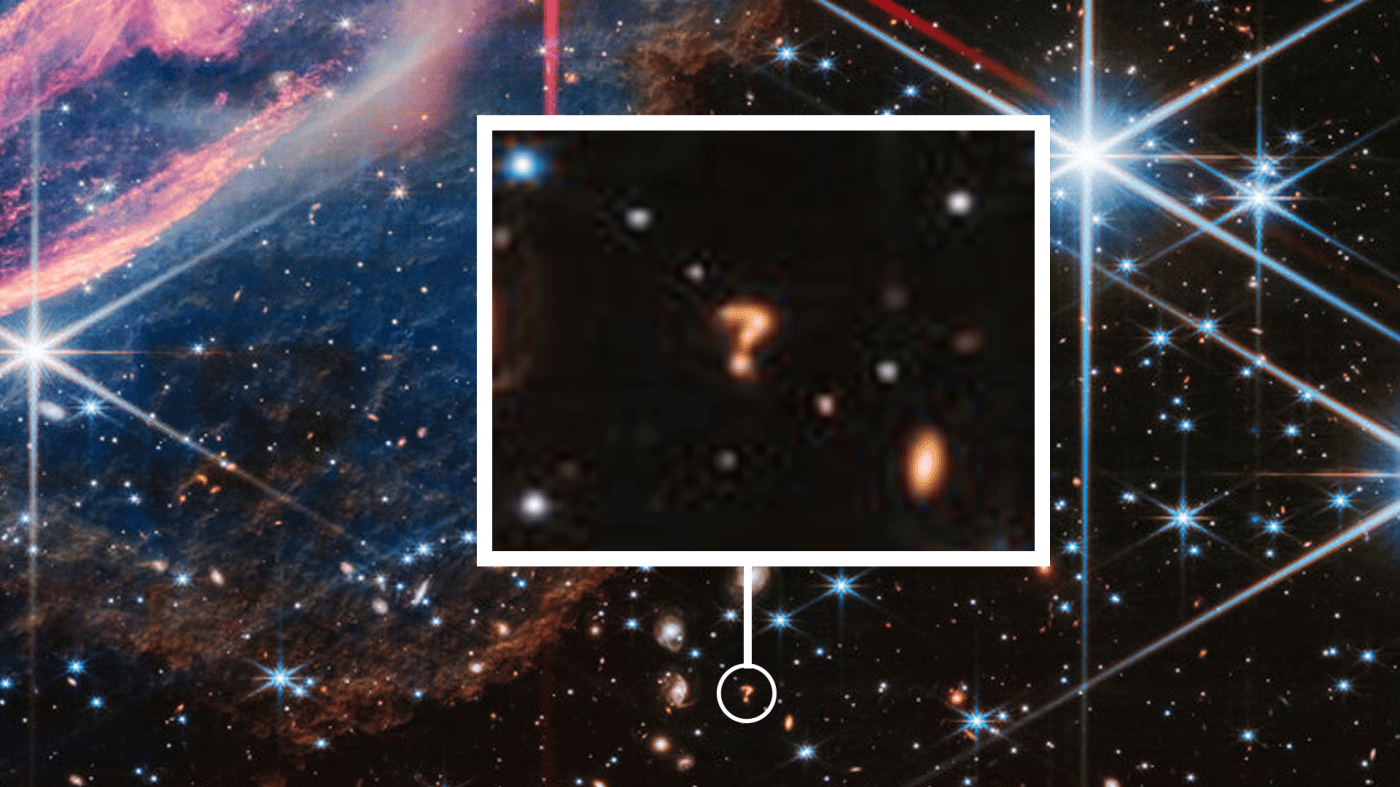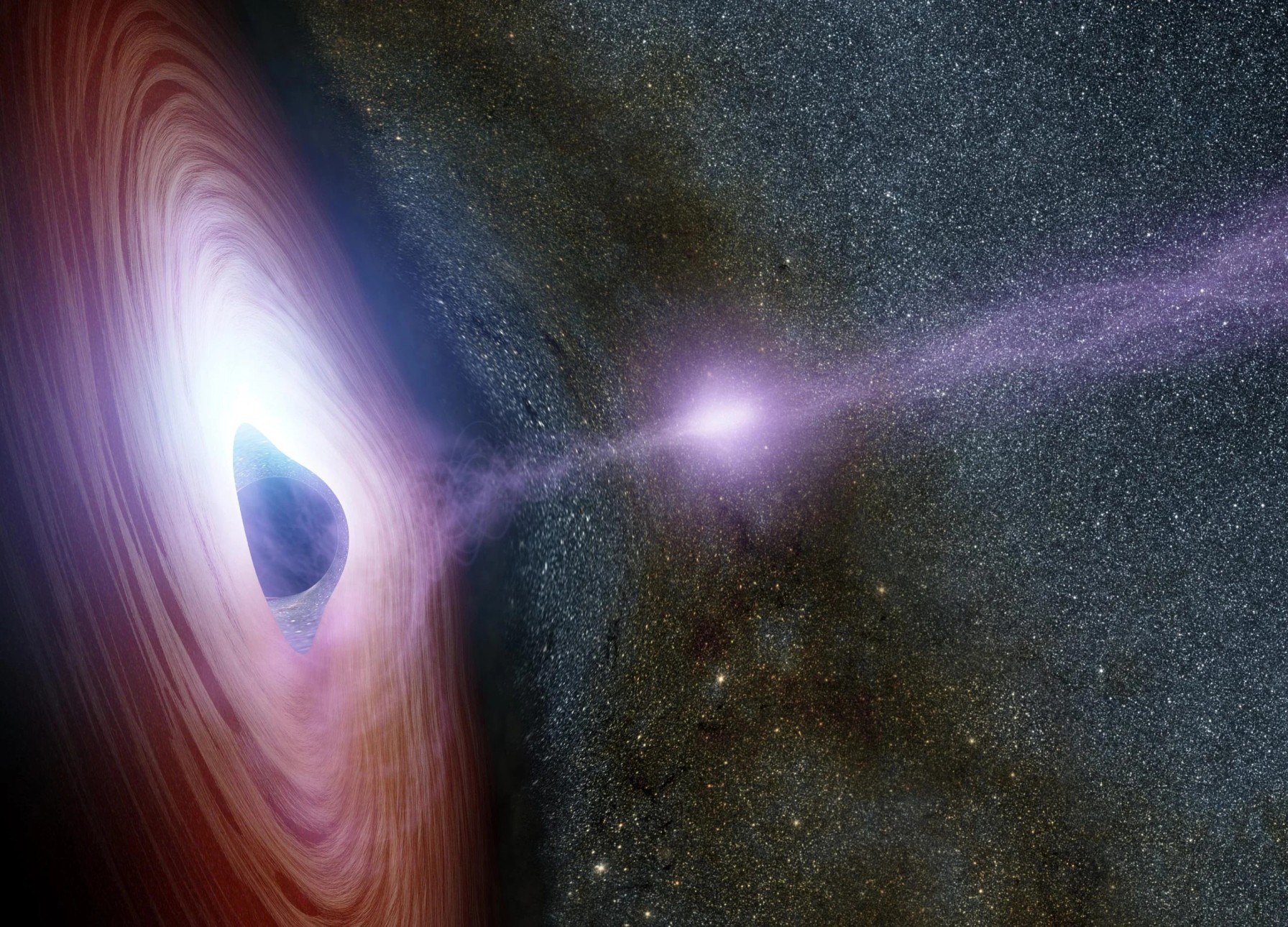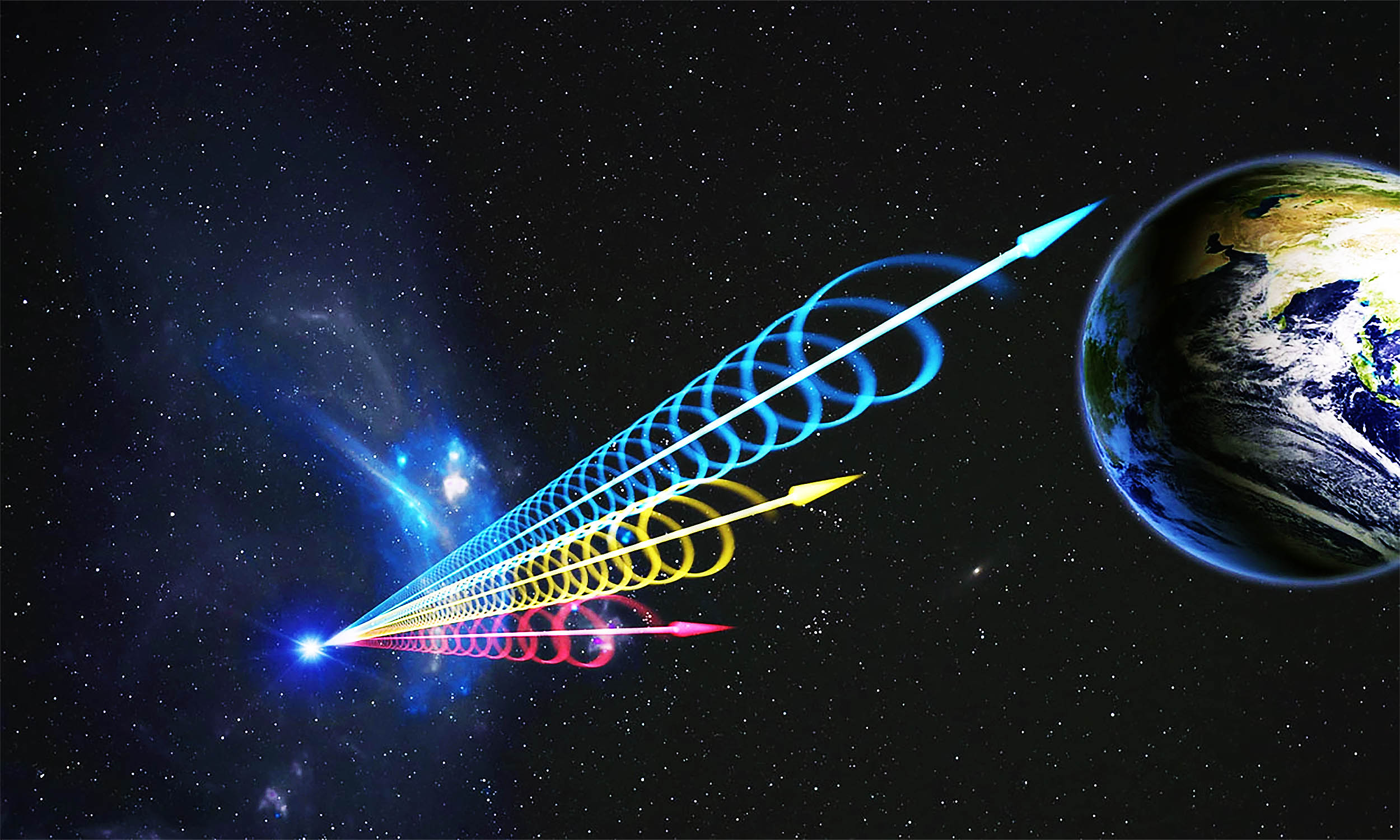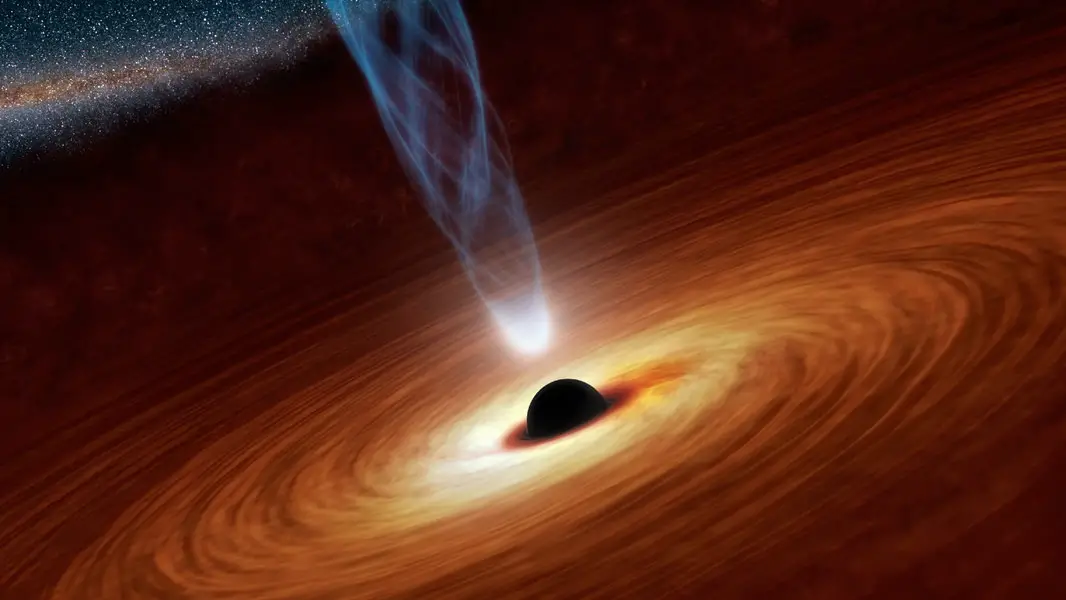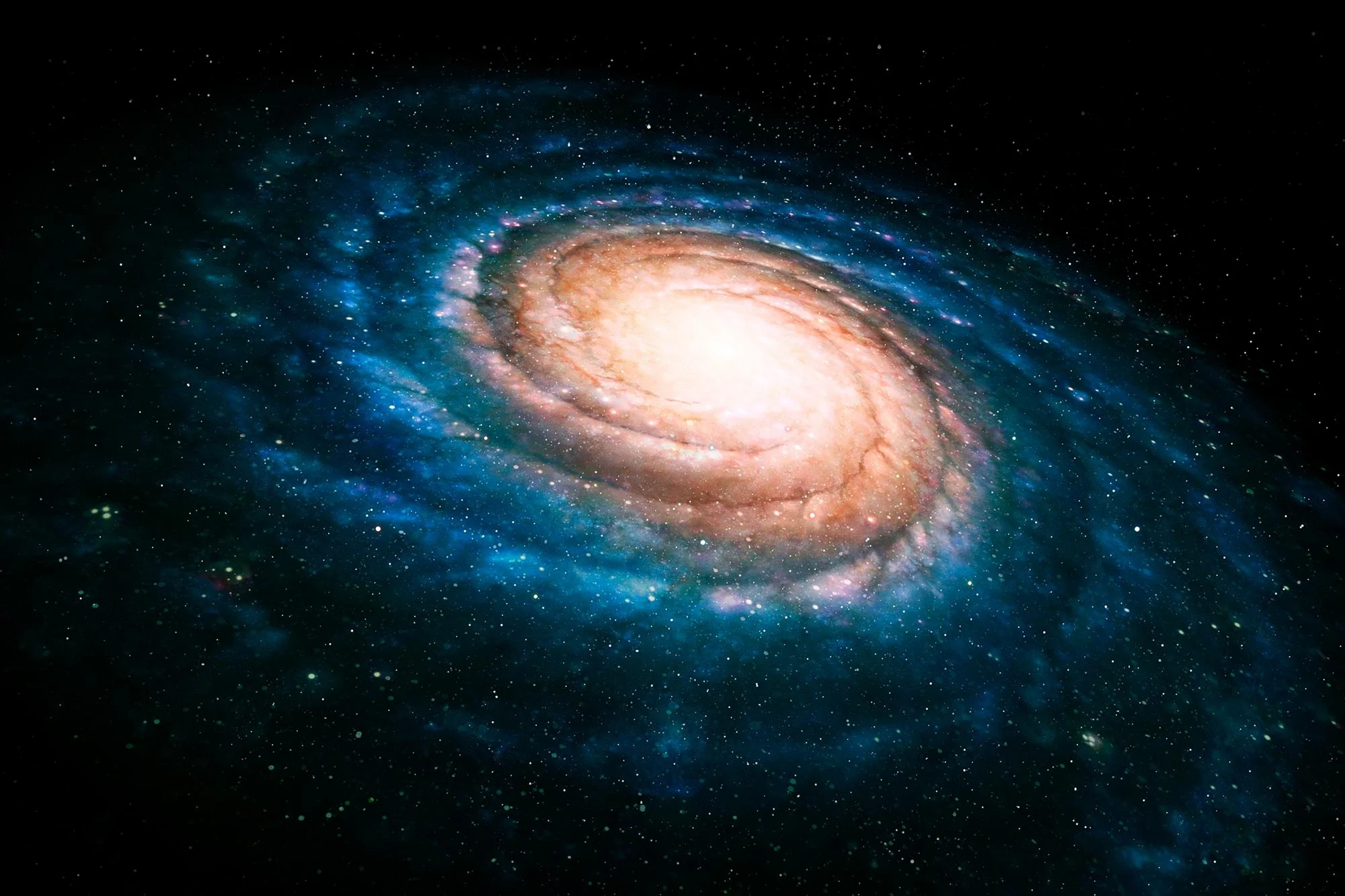JWST’s cosmic “question mark” may mark the first observation of its kind ever captured.
Key Takeaways
- The James Webb Space Telescope (JWST) captured a mysterious cosmic “question mark” shape in deep space.
- The “question mark” may represent distant galaxies interacting or merging, forming this unique shape.
- The object’s red color indicates it is located very far from Earth in the universe.
- Scientists suggest the question mark could be two galaxies merging with tidal disruptions.
- Webb’s advanced imaging continues to reveal unprecedented details about the distant universe.
____________
A Cosmic Question Mark and Two Young Stars
The James Webb Space Telescope (JWST) continues to uncover astonishing cosmic phenomena, the latest being a mysterious “question mark” shape in deep space. Captured in an image showcasing two young stars named Herbig-Haro 46/47, this intriguing object appears in the background of the Vela Constellation, approximately 1,470 light-years from Earth.
The stars themselves are surrounded by a disk of material feeding their growth, but the spotlight quickly shifted to the strange red, question mark-shaped feature below them. According to the Space Telescope Science Institute (STScI), this could be the first time astronomers have observed the object. Scientists believe it might represent a distant galaxy or interacting galaxies, with their gravitational interaction potentially causing the peculiar shape.
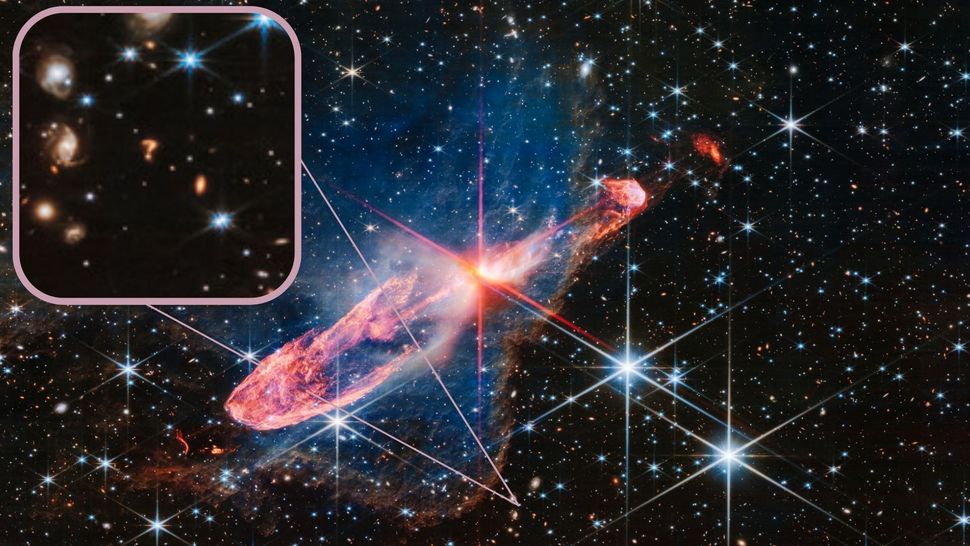
Exploring the Cosmic Question Mark
Matt Caplan, a physicist at Illinois State University, proposed that the shape might result from two merging galaxies. He explained that the “upper part” of the question mark could represent a tidally disrupted galaxy, while the lower curve is a typical feature seen during such interactions. This interpretation aligns with the chaotic but fascinating formations resulting from galactic mergers. The object’s deep red color in the infrared image also suggests that it lies very far away.
Caplan and other researchers ruled out the possibility of the object being a star due to the absence of JWST’s characteristic eight-pronged refraction spikes, caused by the telescope’s mirrors when imaging stars. However, further follow-up studies will be necessary to confirm the true identity of this object.
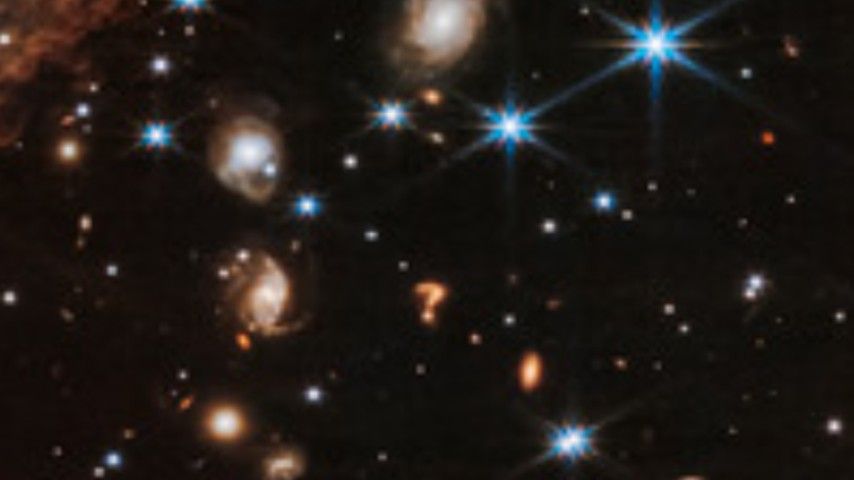
The Power of JWST and Future Discoveries
The cosmic question mark highlights JWST’s extraordinary capabilities. With its near-infrared imaging, JWST can capture intricate details of distant galaxies, including some as far as 13.4 billion light-years away, dating back just 420 million years after the Big Bang. Such discoveries provide astronomers with invaluable insights into the structure and evolution of the universe.
This finding joins over 750 pieces of peer-reviewed scientific literature that JWST has contributed to in its first year of operation. As scientists continue to analyze its data, the telescope promises to unveil even more extraordinary phenomena, solidifying its role as a game-changer in astronomy.
